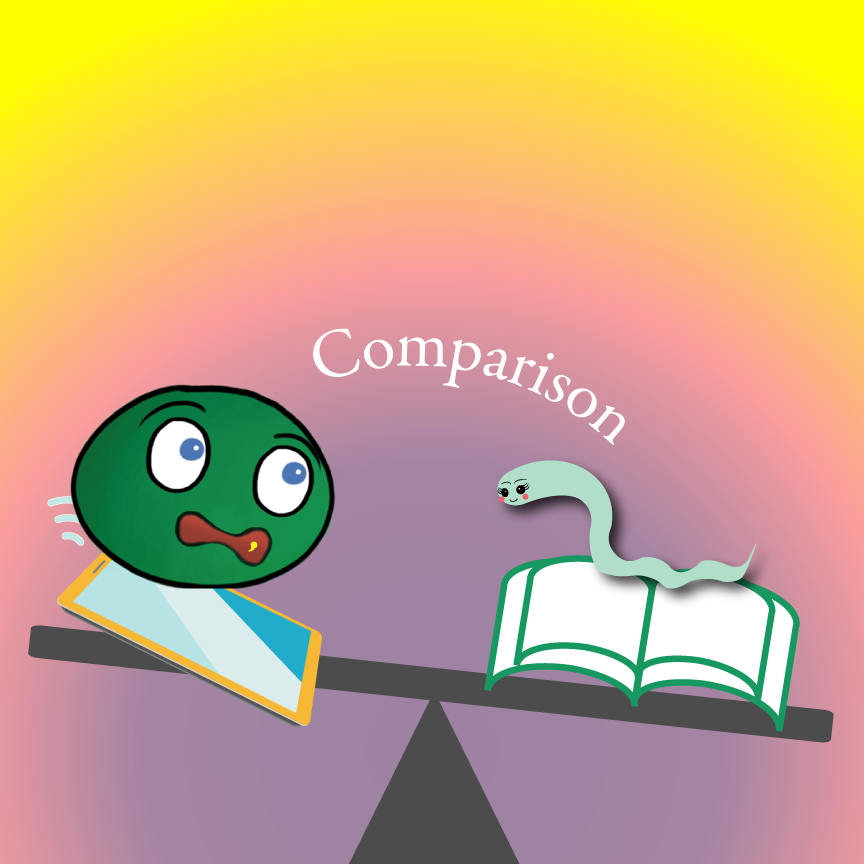
The current children are exposed early towards technology devices that promote interactive activities. Electronic and app books provide the simulated reading or listening experience to the children due to its background dramatized music with sound effects and moving images.
Joan Ganz Cooney Center researched the frustration of using electronic devices for parents and children when the parents attempted to read from it. Through his findings show that the comparison statistics between the children who read enhanced e-books and printed book format. Those who read from e-books tend to engage highly with the story but remembers fewer narrative details rather than the printed version. Cognitive overload is another negative consequence to use digital devices to read story due to the “everyday” multitasking presented to the brain when the multimedia learning is inconsistent with the core message of the story. Those who are behind their peers from using the designed technology-enhanced materials may prove differently. They may outperform their technology-savvy peers. Visual superiority effect is a phenomenon term to describe children who watch animation from television have higher visual information retention in their mind. Spending time to read the still print-books improves their vocabulary. Nonverbal data can enable children to assess the new vocabularies that leads its storage into their long-term memory. But a prepared harmonized of animated storybooks are effective to reread to increase the children’s attentiveness through listening. However, it diverts the children’s attention from reading the story towards the game activities.
Therefore, it is imperative to evaluate to control usage of digitized books for the children to improve their learning abilities. However, it can never replace the printed books reading time for the children with their parents, and teachers.

Comments are closed.